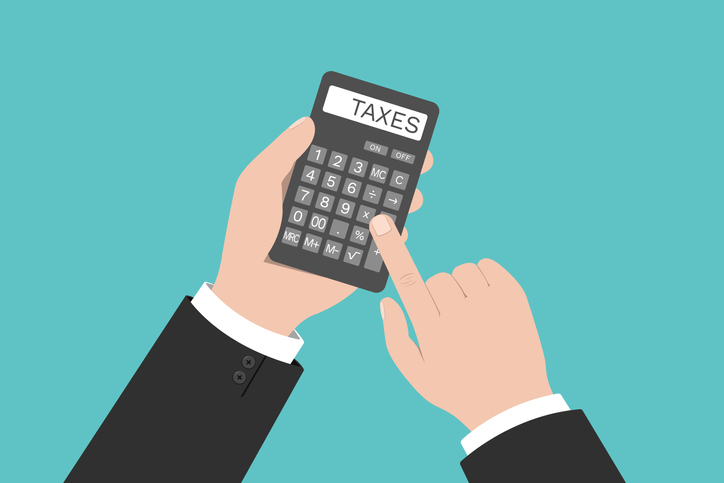What is Entrepreneurs' Relief and how can you claim it?
Alex Till, Chief Executive of MENTA, explains the advantages of Entrepreneurs’ Relief (now known as Business Asset Disposal Relief) and how you can claim it.

What is Entrepreneurs’ Relief?
Entrepreneurs’ Relief, known as Business Asset Disposal Relief since 6 April 2020, is a form of tax relief that enables you to sell all or part of your business, or any of its associated assets whilst only paying 10 per cent Capital Gains Tax (CGT) on the profits you’ve made, up to £10 million in total.
Who can claim Business Asset Disposal Relief?
To claim Business Asset Disposal Relief, you must meet several specific requirements for at least 2 years up to the date you sell your business/shares.
If you’re selling all or part of your business, you must:
- be a sole trader or business partner
- have owned the business for at least 2 years
If you’re selling shares or securities, you must:
- be either an employee or office holder of the company
- own at least 5 per cent of the company’s share capital (this must be at a minimum, 5 per cent by value and you must also be entitled to at least 5 per cent of the company’s voting rights)
The sale of shares or other business assets must also meet a few other conditions:
- If the business has ceased trading, you can still qualify for relief if you sell your shares within 3 years.
- If selling only a part of a business, then it must be commercially viable and able to continue trading following the sale. Highlighting that you cannot just sell off parts of the business that are loss making
- Property sales can only qualify for entrepreneurs’ relief if the property is exclusively a business asset and owned by the business and used rent-free. If your company pays rent on the property, or if you are property landlord holding your portfolio in a company structure, then the property is classed as an investment rather than an asset, so is not eligible for entrepreneurs’ relief.
If your business is owned jointly with your spouse or partner, you are both able to claim Business Asset Disposal Relief, but you must meet the criteria above in your own right.
What assets qualify for Business Asset Disposal Relief?
You can buy and sell all elements of your company. Business Asset Disposal Relief covers both shares and business assets.
Sole traders and partnerships can claim it when selling assets used in the business, just as company directors and other shareholders can claim it when selling shares and there can be a combination of the two.
For company shares to qualify, the company must be trading company, or the holding company of a trading group.
How do you claim Business Asset Disposal Relief?
Individuals
If you are eligible to do so, you should claim Business Asset Disposal Relief within your tax return.
If you cannot make your claim in your tax return then a claim can be made to HMRC, either in writing or by filling in Section A of the Business Asset Disposal Relief form.
Trustees of a settlement
A claim by the trustees of a settlement must be made jointly with the qualifying beneficiary for a trustees’ disposal.
Joint claims may be made to HMRC, in writing or by filling in the Business Asset Disposal Relief form. Section A should be completed by the qualifying beneficiary and the trustees should complete Section B.
What is Investors’ Relief?
Investors’ Relief is an extension to Business Asset Disposal Relief. It offers similar tax benefits, but for people who are not employees or directors of the company issuing the shares.
You can only qualify for this relief if you have no connection with the company.
There is no minimum shareholding, so you can also hold less than 5 per cent of the shares and still qualify. Investors’ Relief has its own separate £10 million lifetime limit, so you can claim it on top of any Business Asset Disposal Relief you claim.
Specific aspects must be met to be eligible for Investors’ Relief:
- shares must be newly issued, not transferred from another shareholder
- you must hold the shares continuously for at least three years before selling them
- you must be holding the shares for commercial reasons, not simply to avoid tax
- the shares must not be listed on a recognised stock exchange at the time of issue
About the author
Alex Till is the Chief Executive of MENTA, a leading provider of support for businesses of all shapes and sizes who have provided business advice and support to over 35,000 businesses taking them through their journey of knowledge to the point of establishing their business and securing funding for start-up costs and working capital.
See also
Green tax reliefs and schemes available to UK businesses
Employment law: what to expect in 2022 and beyond
Changing from a sole trader to a limited company
Find out more
Business Asset Disposal Relief (GOV.UK)
HS275 Claim for Business Asset Disposal Relief form (GOV.UK)
Investors' Relief 2020 (HS308) (GOV.UK)
Image: Getty Images
Publication date: 1 August 2022
Any opinion expressed in this article is that of the author and the author alone, and does not necessarily represent that of The Gazette.
